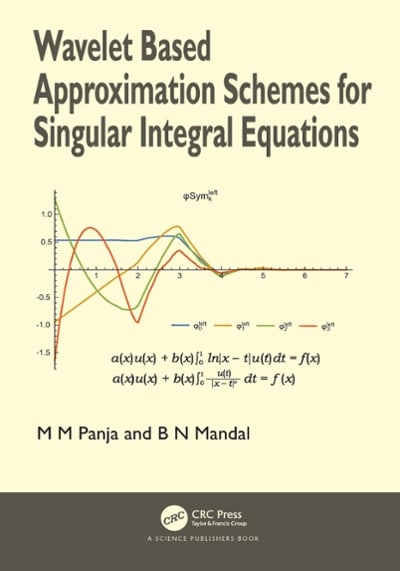need help with 23 and 25
lation and Regression Testing Claims In Exercises 23-28, use Table 11 in Appendix B as shown in Example 6 or perform a hypothesis test using Table 5 in Appendix B as shown in Example 7 to make a conclusion about the indicated correlation coefficient. Also convenient, use technology to solve the problem. 23. Braking Distances: Dry Surface The weights (in pounds) of eight vehicles and the variability of their braking distances (in feet) when stopping on a dry surface are shown in the table. Can you conclude that there is a significant lincar correlation between vehicle weight and variability in braking distance on a dry surface? Use a - 0.01. (Adapted from National High Traffic Safety Administration) Weight, x 5940 5340 6500 5100 5850 4800 5600 5890 Variability in braking 1.78 1.93 1.91 1.59 1.66 1.50 1.61 1.70 distance, y 24. Braking Distances: Wet Surface The weights (in pounds) of eight vehicles and the variability of their braking distances (in feet) when stopping on a wet surface are shown in the table. At a = 0.05, can you conclude that there is a significant linear correlation between vehicle weight and variability in braking distance on a wet surface? (Adapted from National Highway Try Safety Administration Weight, x 5890 5340 6500 4800 5940 5600 5100 5850 Variability in braking 2.92 2.40 4.09 1.72 2.88 2.53 2.32 2.78 distance, y 25. Hours Studying and Test Scores The number of hours 13 students spent studying DATA for a test and their scores on that test are shown in the table. Is there enough evidence to conclude that there is a significant linear correlation between the data? Use a = 0.01. (Use the value of r found in Exercise 17.) Hours spent 5 5 5 studying, x Test score, y 40 51 48 64 69 73 75 93 84 90 95 26. TV and Test Scores An instructor wants to show students that there is a linear DATA correlation between the number of hours they watch television during a certain weekend and their scores on a test taken the following Monday. The number of television viewing hours and the test scores for 12 randomly selected students are shown in the table. At a = 0.05, is there enough evidence for the instructor to conclude that there is a significant linear correlation between the data? (Use the value of r found in Exercise 18.) Hours spent watching 0 3 10 TV, X Test score, y 96 85 82 74 95 68 76 84 58 65 75 50







